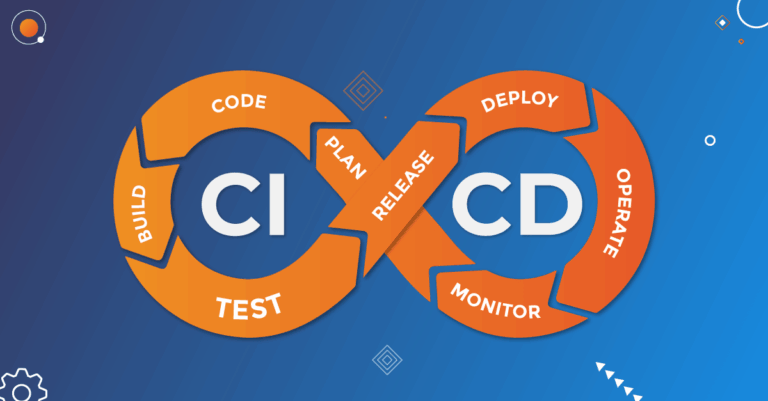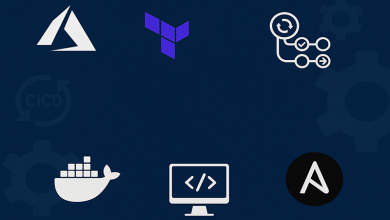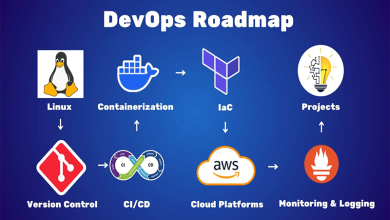How to Build a CI/CD Pipeline with GitHub Actions and Docker – Step-by-Step

How to Build a CI/CD Pipeline with GitHub Actions and Docker – Step-by-Step
Want to automate your application deployment process? Using GitHub Actions with Docker is one of the most efficient ways to build a complete CI/CD pipeline — directly from your repository.
In this guide, we’ll walk you through the exact steps to build a CI/CD pipeline that builds a Docker image and pushes it to Docker Hub whenever you push code to your repo. Let’s go! 🚀
🧱 What You’ll Need
- A GitHub account
- A Docker Hub account
- A GitHub repo with your app code
- Basic knowledge of Docker and YAML
Step 1: Create Your Dockerfile
Inside the root of your project, create a file named Dockerfile. Here’s a basic example for a Node.js app:
# Dockerfile
FROM node:18
WORKDIR /app
COPY . .
RUN npm install
CMD ["npm", "start"]
Step 2: Create a Workflow in GitHub Actions
Inside your repo, create a folder .github/workflows and add a YAML file, for example ci-cd.yml:
# .github/workflows/ci-cd.yml
name: CI/CD Pipeline
on:
push:
branches: [ "main" ]
jobs:
build:
runs-on: ubuntu-latest
steps:
- name: Checkout Code
uses: actions/checkout@v3
- name: Set up Docker Buildx
uses: docker/setup-buildx-action@v2
- name: Log in to DockerHub
uses: docker/login-action@v2
with:
username: ${{ secrets.DOCKER_USERNAME }}
password: ${{ secrets.DOCKER_PASSWORD }}
- name: Build and Push Docker image
uses: docker/build-push-action@v5
with:
context: .
push: true
tags: yourdockerhubusername/your-app:latest
💡 Important: Replace yourdockerhubusername/your-app with your actual Docker Hub repo name.
Step 3: Add DockerHub Secrets to GitHub
Go to your GitHub repo settings → Secrets → Actions → “New repository secret”.
DOCKER_USERNAME: your Docker Hub usernameDOCKER_PASSWORD: your Docker Hub password or access token
Now your workflow can log in securely without hardcoding credentials.
Step 4: Test Your Pipeline
Push any change to the main branch, and go to the Actions tab on GitHub. You’ll see the workflow running — building your Docker image and pushing it to Docker Hub.
🎯 What This Pipeline Does
- Watches for changes in the
mainbranch - Builds a Docker image using your
Dockerfile - Pushes the image to Docker Hub
- Runs entirely on GitHub’s infrastructure
✅ Final Thoughts
GitHub Actions makes it super simple to create a full CI/CD workflow directly within your repo. When combined with Docker, it becomes a powerful way to build, test, and ship applications automatically.
In future posts, we’ll show how to extend this pipeline with:
- Automated tests
- Multi-environment deployments
- Kubernetes integration
🙌 Was This Helpful?
- 👍 Share it with your team
- 💬 Leave a comment below
- 📬 Subscribe to get more DevOps tips!





Amazing post many thanks